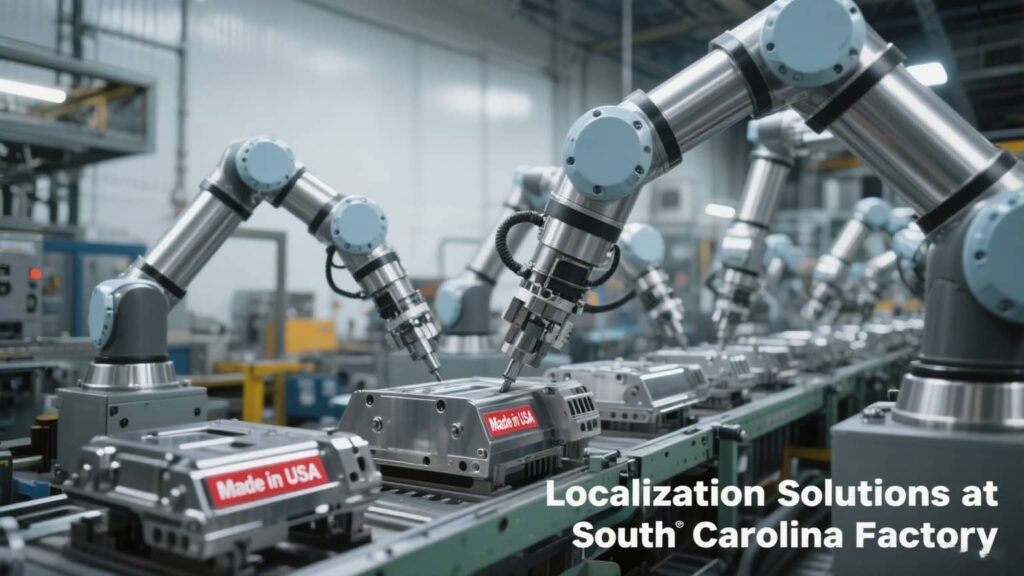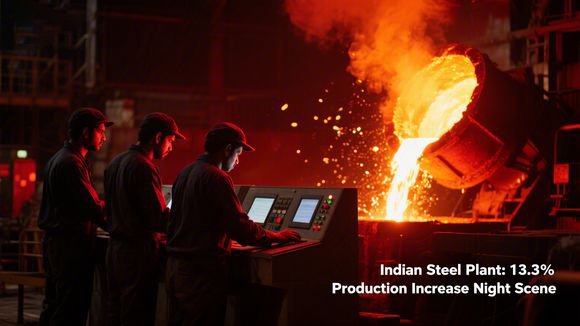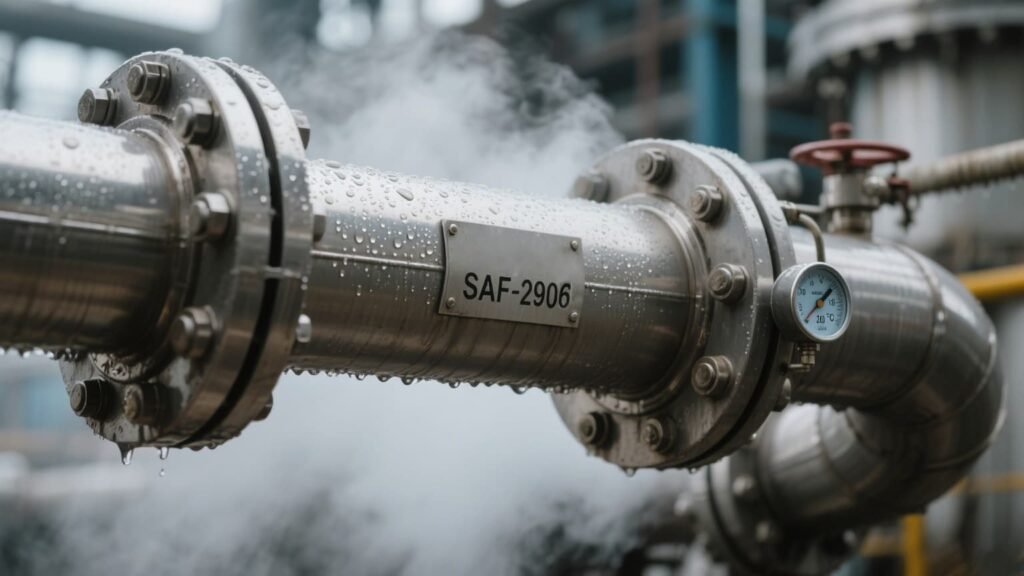U.S. Stainless Steel Tariffs Jump to 50% - How Companies Are Adapting
The U.S. has sharply increased tariffs on imported stainless steel downstream products from 25% to 50%, aiming to boost domestic manufacturing.
But industry experts question whether this move can reshape global supply chains. Here’s what you need to know:
Why This Matters
High import dependence: 30%+ of U.S. stainless market relies on imports
Domestic production gaps: American mills focus mainly on 304 grade, creating shortages in specialty types like ferritic stainless
Consumer impact: Prices likely to rise for appliances, automotive parts, and industrial equipment
Smart Adaptation in Action
Chinese manufacturer Haier demonstrates effective countermeasures:
Localized production:
Factories in South Carolina & Kentucky
Acquired GE Appliances
80% North American output now U.S.-made
Supply chain optimization:
Only 2-3% components face tariffs
Regional raw material sourcing
Result: Despite tariffs, Haier gained 0.5% market share in 2024.
The Bigger Picture
While tariffs may temporarily protect domestic producers, long-term solutions require:
Increased investment in diverse stainless grades
Modernized manufacturing facilities
Competitive pricing strategies
Walmay Steel continues monitoring tariff impacts on global stainless supply chains.
Tabs:stainless steel,stainless steel supply
Recent Posts
-
 U.S. Stainless Steel Tariffs Jump to 50% - How Companies Are Adapting01 8 月 2025
U.S. Stainless Steel Tariffs Jump to 50% - How Companies Are Adapting01 8 月 2025 -
 Global Steel Output Drops 5.8% in June - India Bucks the Trend31 7 月 2025
Global Steel Output Drops 5.8% in June - India Bucks the Trend31 7 月 2025 -
 Alleima's New Super Duplex Steel Fights Urea Plant Corrosion29 7 月 2025
Alleima's New Super Duplex Steel Fights Urea Plant Corrosion29 7 月 2025 -
 310S vs 304 Stainless Steel Pipes: Which Should You Choose?28 7 月 2025
310S vs 304 Stainless Steel Pipes: Which Should You Choose?28 7 月 2025
Have Any Question?
High-quality manufacturers in the stainless steel industry, feel free to ask



